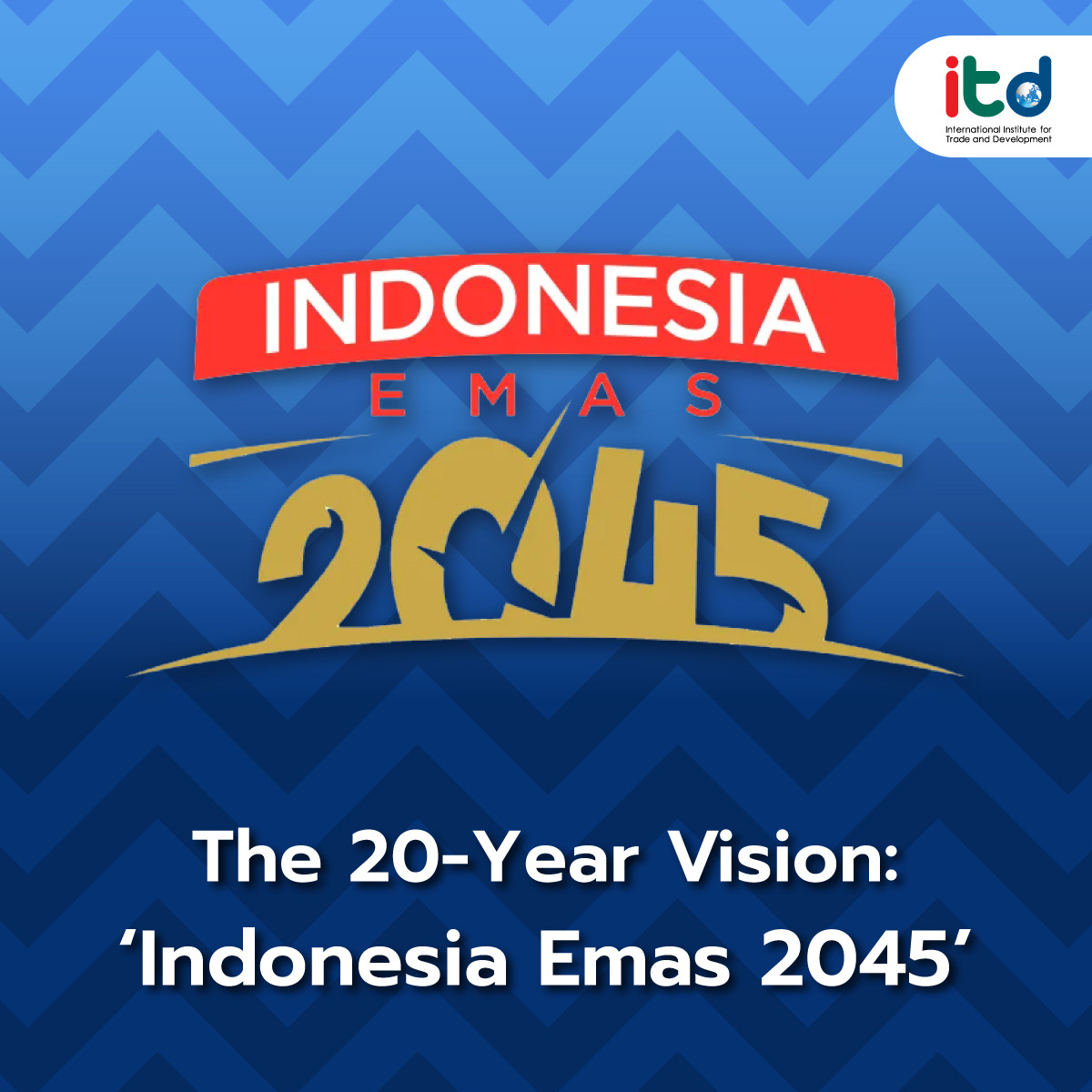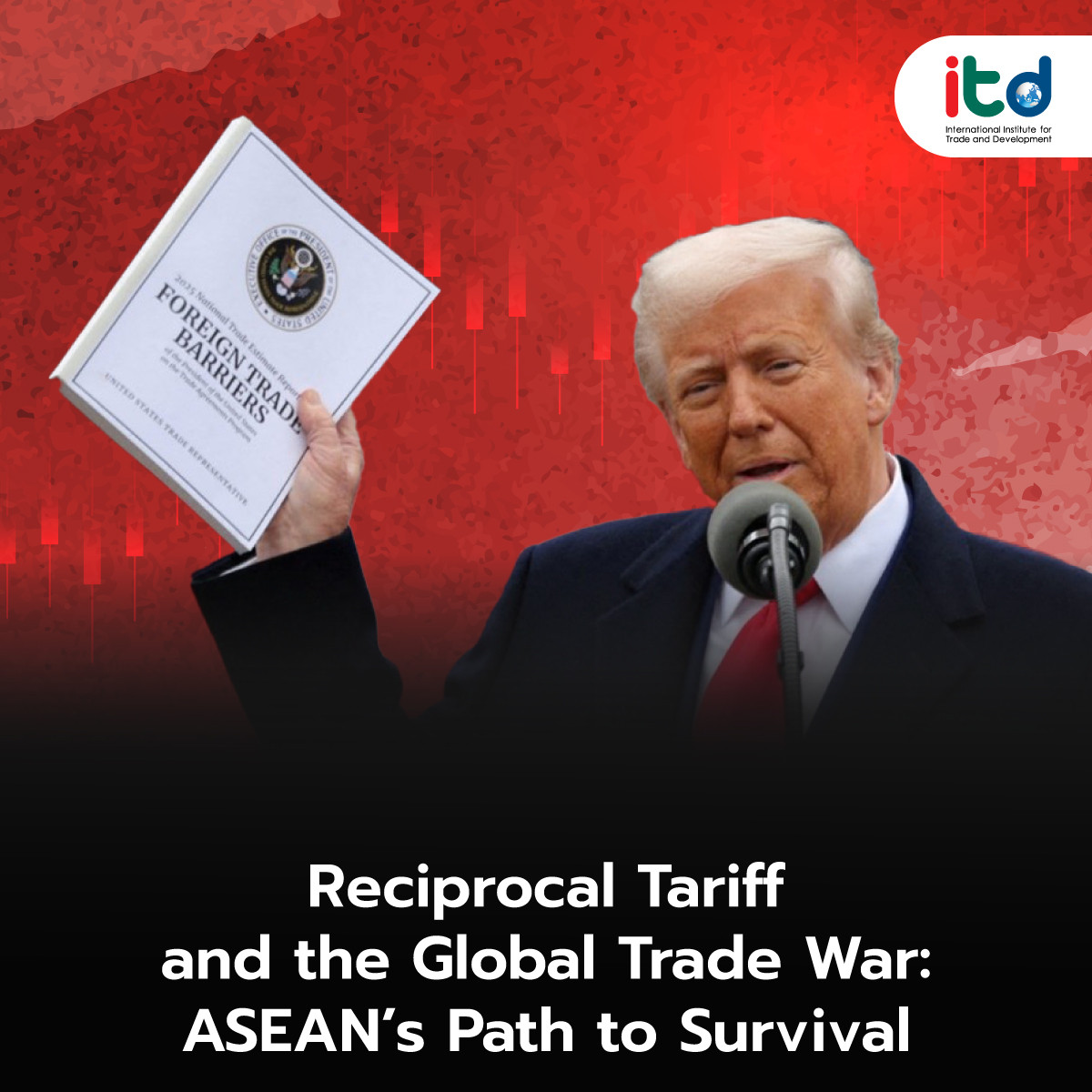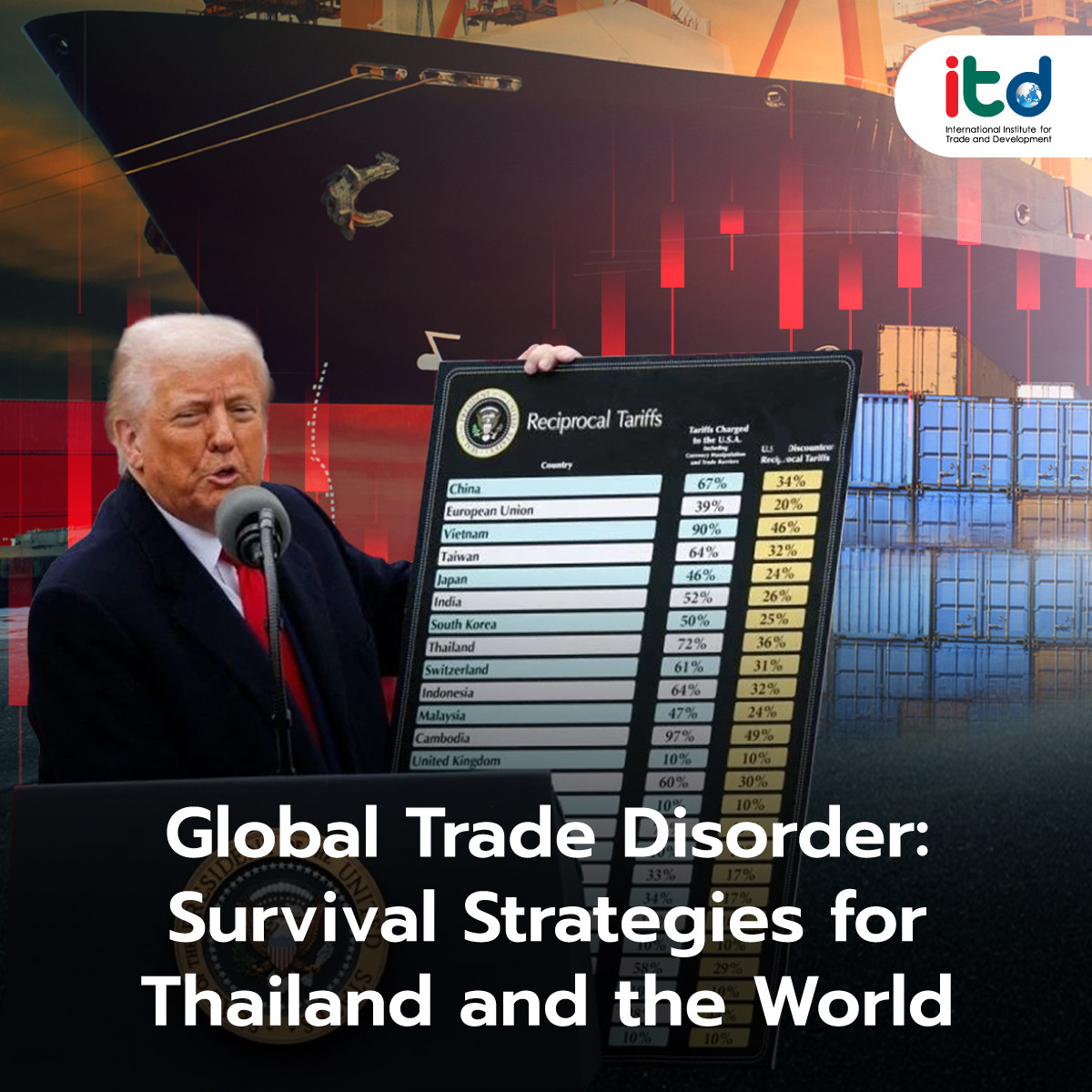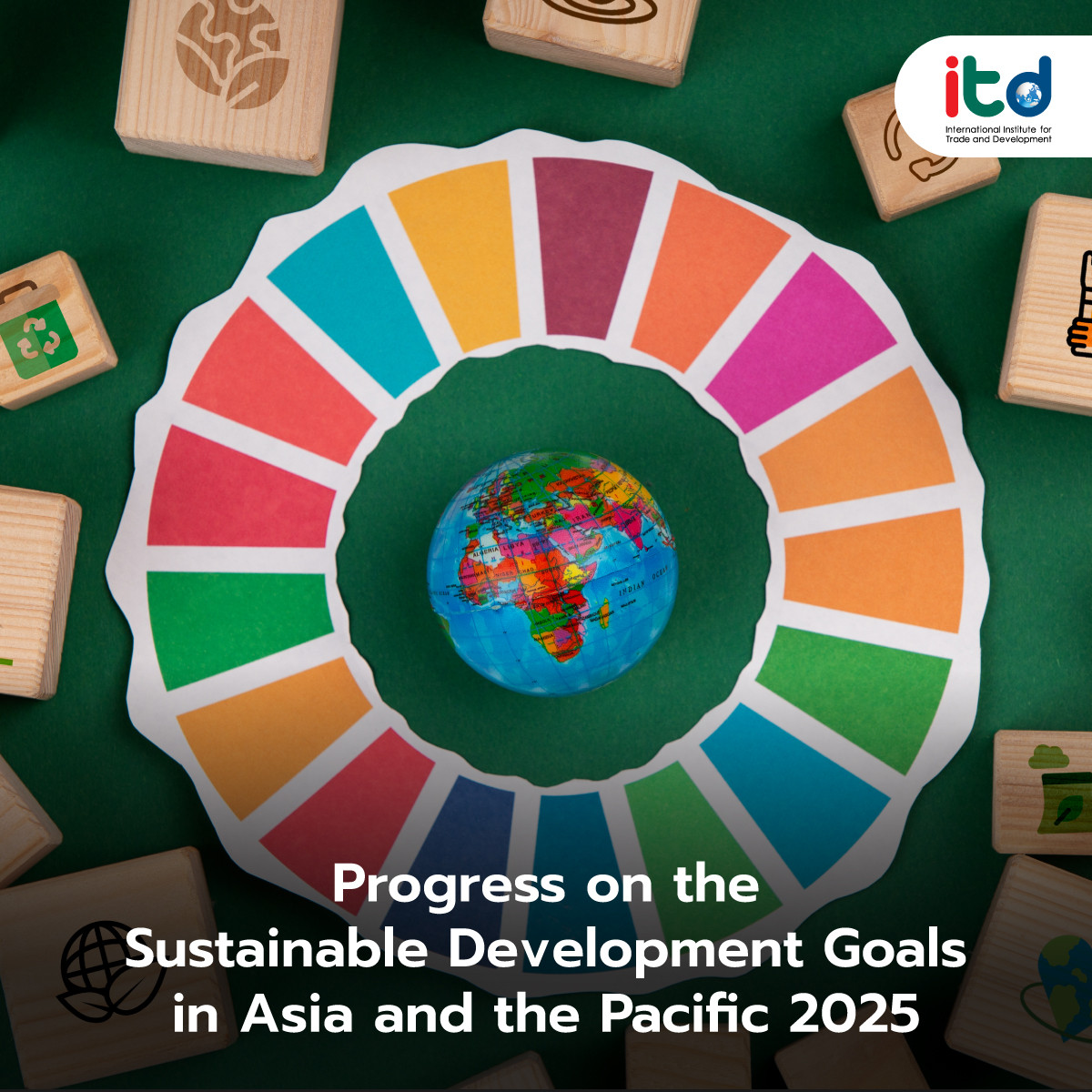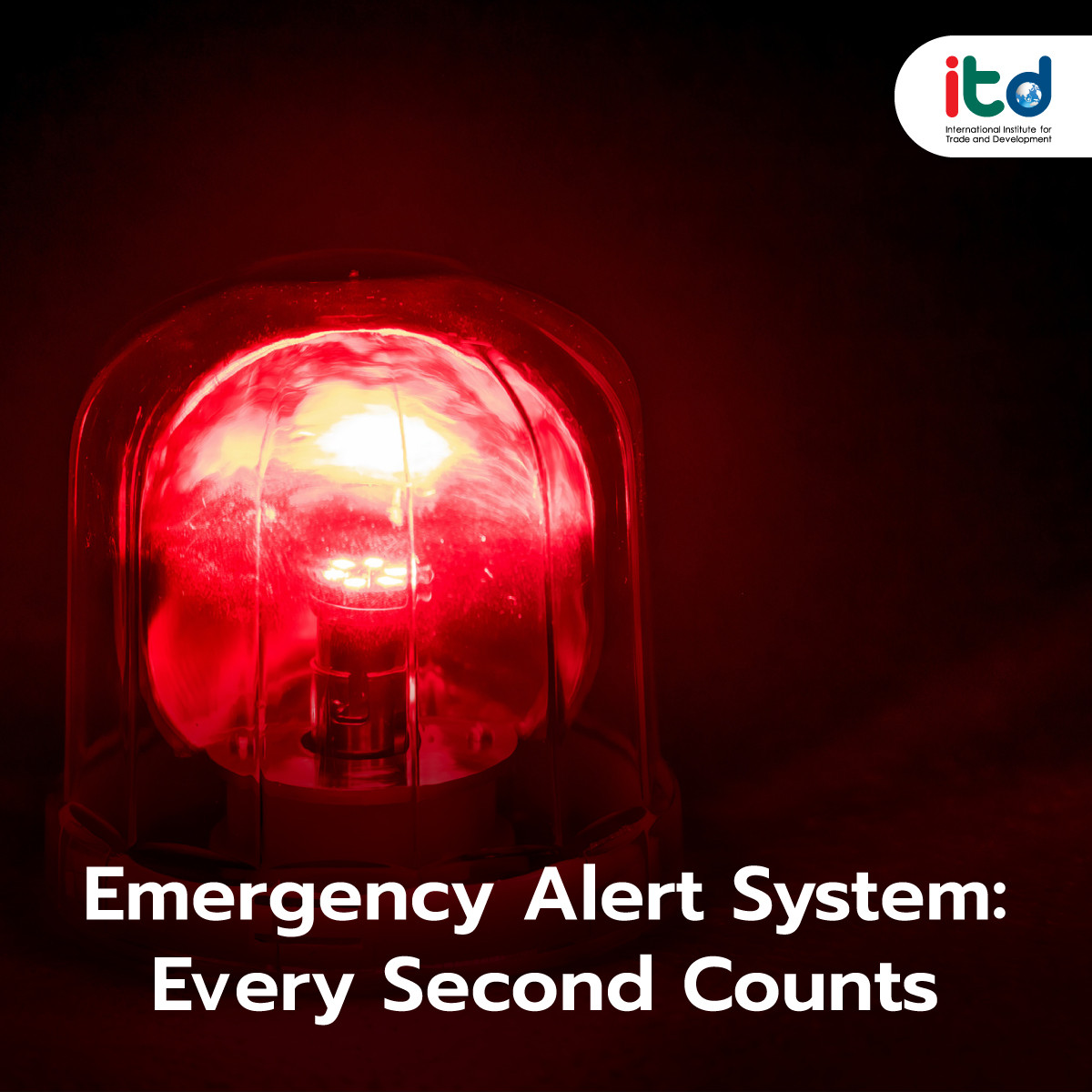About Documents
Indonesia Emas 2045: The sovereign, progressive, and sustainable maritime nation of Southeast Asia is the vision for development goals by 2045. This milestone coincides with the 100th anniversary of Indonesia’s independence, marking a significant point in the agenda. The strategy was announced by President Joko Widodo’s administration as a legacy before the end of his presidential term this year.
By 2045, Indonesia is projected to have a population of approximately 324 million, making it the sixth most populous country in the world, following India, China, the United States, Nigeria, and Pakistan. The government aims to transform Indonesia into an innovation-driven country, transitioning from basic raw material production to the production of reusable materials, particularly in the defense and biopharmaceutical industries. The goal is to increase industrial sector income to 30% of GDP and to elevate the proportion of middle-income citizens to 80% of the population.
This vision is part of the National Long-Term Development Plan (RPJPN) for 2025-2045, announced by the Ministry of National Development Planning (BAPPENAS). The 20-year strategic plan is divided into four phases as follows:
2025-2029: Laying a strong foundation for the transition with economic growth of 5.9%, comprising 11.2% from agriculture, 21.9% from industry, 42.1% from services, and 24.8% from other sectors.
2030-2034: Accelerating the transition with economic growth of 7.0%, comprising 10.6% from agriculture, 26.6% from industry, 42.6% from services, and 20.2% from other sectors.
2035-2039: Expanding globally with economic growth of 8.0%, comprising 9.4% from agriculture, 30% from industry, 43.6% from services, and 17% from other sectors.
2040-2045: Realizing the vision of Indonesia Emas 2024 with economic growth of 7.1%, comprising 7.8% from agriculture, 28% from industry, 45.4% from services, and 18.8% from other sectors.
Achieving the development goals by 2045 requires a simultaneous drive with strategies to enhance the population’s quality of life. This includes improving laws, regulations, and public services to be integrated and adaptable to changing circumstances.
Indonesia’s economic development is trending towards reducing the growth rate in the agricultural sector while promoting the expansion of the industrial and service sectors. This strategy emphasizes the use of science, technology, and innovation to drive the production sector, aiming for a green economy and a blue economy (sustainable utilization of marine and coastal resources). The approach also includes digital transformation, integrating the domestic economy with the global economy, and income distribution through the development of urban and rural areas as centers of economic growth.
In the past 2-3 years, Indonesia has faced high living costs while the majority of its population still has low incomes and high unemployment rates. The National Statistics Office reported that in 2023, Indonesia’s economic growth slowed to 5.05%, down from 2022. The export sector contracted despite Indonesia being a major global exporter of coal, palm oil, and nickel. Meanwhile, domestic consumption was the main driver of the economy last year.
To achieve the goal of Indonesia Emas 2045, reducing dependence on agricultural and mineral exports, which have been major income sources for decades, and shifting towards generating revenue from advanced, circular, and sustainable industries, Indonesia may need to undergo structural economic adjustments to cope with global economic and political situations. This presents a significant challenge for the Indonesian government over the next 20 years in leading the country towards progress and sustainability in line with the vision.
Author:
Mr. Khobtham Neelapaichit
Senior Researcher
International Institute for Trade and Development (Public Organization)
www.itd.or.th
Publication: Bangkok BIZ Newspaper
Section: First Section/World Beat
Volume: 37 Issue: 12686
Date: Wednesday, Jul. 17, 2024
Page: 8 (Bottom-left)
Column: “Asean Insight”
